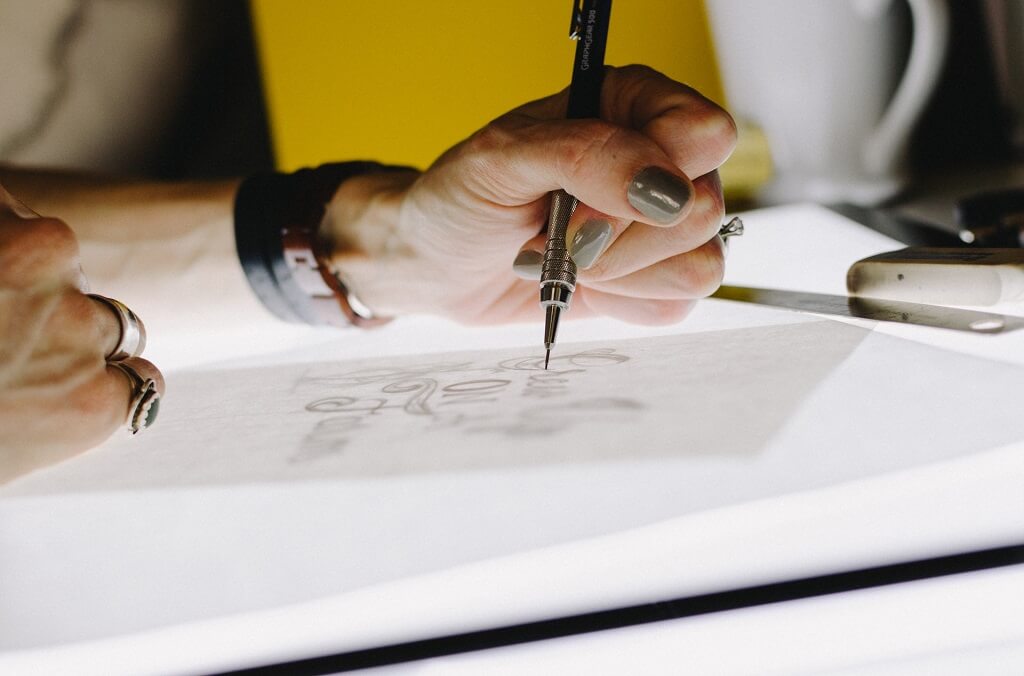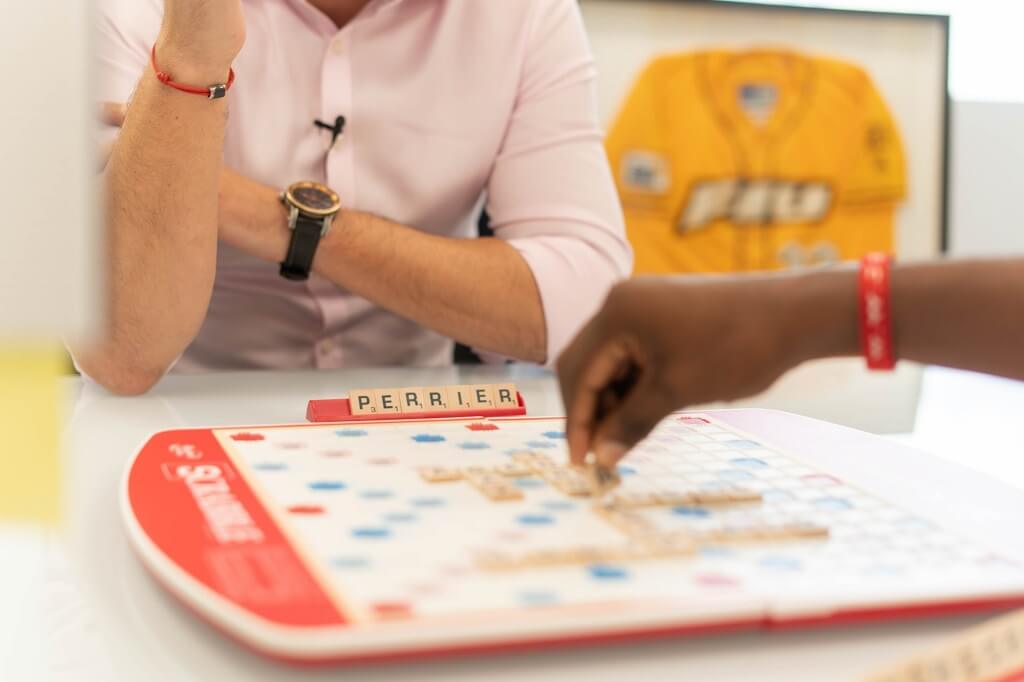Working with game publishers can be one of the most rewarding and challenging experiences for board game creators.
Sharing real experiences can help new board game designers better understand expectations, avoid pitfalls, and build stronger partnerships.
Based on common board game publishing practices, here are valuable insights and lessons we’ve collected and summarized.
Table of Contents
1. Understand What Publishers Are Actually Looking For
One of the first lessons designers often learn is that publishers are not simply looking for “good games”, they are looking for market-fit games. A publisher might decline an excellent design simply because:
- It does not match their product line
- The target audience is too niche
- The production cost is too high
- The game overlaps with a title already in their portfolio
Research the publisher before pitching. Know their audience, price range, visual style, and component preferences. A well-researched pitch increases your chance of success and shows professionalism.
2. Clear Communication Is More Important Than You Think
Many new designers underestimate how essential communication is throughout the collaboration. Publishers usually handle art direction, manufacturing, marketing, and distribution, but they rely on the designer for clarity on what the game needs to be.
Experienced creators always keep these tips in mind:
- Be responsive — delays slow down their entire production timeline.
- Be concise — avoid long paragraphs unless needed; publishers appreciate clarity.
- Be open to feedback — many designers take critique personally, but publishers provide it to strengthen marketability.
- Document everything — version notes, rule updates, and meeting summaries reduce misunderstandings.
3. Know That Your First Contract Negotiation Sets the Tone
Contracts are where many first-time designers get overwhelmed. Common experiences include not understanding royalty structures, overlooking rights reversion terms, or failing to negotiate prototype compensation.
Some lessons shared by those who have gone through multiple deals:
- Royalty rates vary but usually fall between 3–8% of wholesale.
- Rights reversion is crucial—ensure your rights return if the game goes out of print for a defined period.
- Advance or development fee may be offered but isn’t guaranteed.
- Manufacturing and art costs are typically the publisher’s responsibility.
- Contract clarity prevents future conflict—never assume anything not written down.
Seeking guidance from experienced designers or communities can help you avoid mistakes that affect your long-term income.
4. Be Prepared for Iteration—Lots of It
Most designers agree that the version they pitch is rarely the version that enters the market. Publishers may change:
- Mechanics
- Player count
- Components
- Theme or artwork
- Duration or complexity
Sometimes the changes improve the design; other times, designers may feel their vision is diluted. The key is understanding that publishers aim for commercial viability, not a museum piece.
A common experience is learning to detach personal pride from the process. Successful designers treat publisher feedback as collaboration, not criticism. If you trust the publisher’s market experience, you can create a stronger final product.
5. Respect the Publisher’s Production Expertise
Board game designers often overlook the importance of production constraints. Publishers must consider:
- Component costs
- Manufacturing efficiency
- Supply chain timelines
- Packaging size and shipping weight
- Regulatory requirements for children’s products
Designers sometimes propose mechanisms or components that are too expensive, fragile, or difficult to mass-produce. Experienced designers learn to pitch “manufacturing-friendly” designs and remain flexible when publishers adjust components for cost or logistics reasons.
Understanding this helps you work with publishers instead of against them.
6. Marketing Is Not Just the Publisher’s Job
While publishers handle the majority of marketing efforts, designers who actively promote their game often see better results. A simple presence on social media, attending conventions, engaging with reviewers, or creating designer diaries helps build momentum.
Experienced designers share that:
- Publishers love designers who support the marketing process
- Fans connect more strongly when the creator is visible
- Positive visibility increases your chances for future contracts
Marketing doesn’t require aggressive self-promotion—just consistent engagement.
7. Be Patient—The Timeline Is Longer Than You Expect
One common surprise for first-time designers is the long production timeline. A typical board game pipeline looks like this:
- Pitch and contract negotiation (1–6 months)
- Development and revisions (3–12 months)
- Artwork and graphic design (3–6 months)
- Manufacturing (2–6 months)
- Shipping and distribution (2–5 months)
In many cases, you may not see a published product for 18–30 months after signing the contract.
Experienced designers advise one thing: don’t wait for one game—keep designing others.
8. Know How to Handle Rejection and Silence
Publishers often receive thousands of submissions per year. Designers frequently experience:
- Delayed responses
- Vague feedback
- Unexplained rejections
- No response at all
This is normal. It is not personal. Designers who succeed share this mindset:
- Rejection means “not a fit,” not “you are a bad designer.”
- Silence often means the team is simply overloaded.
- Professional follow-ups are encouraged every 4–6 weeks.
Persistence, not perfection, is what builds a successful career.
9. Build Long-Term Relationships, Not One-Off Deals
Experienced designers often say that the board game industry is small, and reputation matters. Publishers prefer working repeatedly with creators who are:
- Reliable
- Respectful
- Easy to collaborate with
- Open to feedback
- Honest and transparent
A positive relationship can lead to:
- Future game deals
- Earlier feedback on prototypes
- Co-development opportunities
- Invitations to playtesting events
- Stronger contract terms over time
10. Enjoy the Process—Publishing Is a Creative Journey
Finally, designers who have spent years in the industry often emphasize the importance of enjoying the journey, not just the outcome. Seeing your game on a shelf or being played by strangers is deeply rewarding, but the process—designing, testing, collaborating, improving—is where the true creativity lies.
Remember:
- Every designer’s path is different
- Every game’s journey is unique
- Success is not defined by a single title




